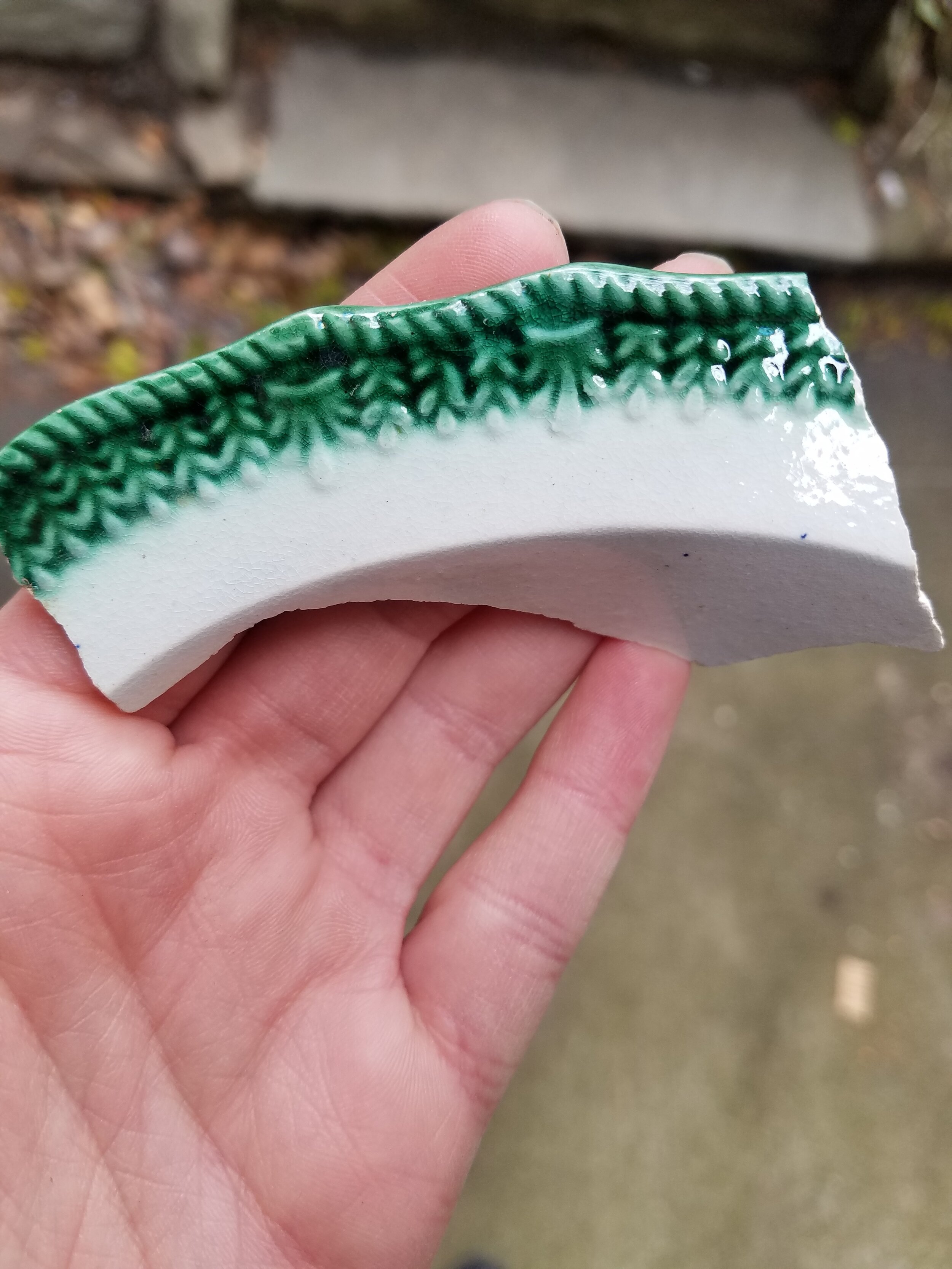UPDATE
For those of you who missed Adam Heinrich’s presentation, Archaeology at the Restore Lippincott Homestead Site (28-Bu-921), Burlington County, New Jersey, the video is now live below! Dr. Heinrich explores a late 17th-century dwelling turned quarter for enslaved Native Americans and individuals of West African birth or descent and the material culture these captive individuals left behind. The building was used into the mid-18th century.
Please also subscribe to the society's YouTube channel at: ASNJ YouTube Account Link
We'll be uploading more content all summer as we continue to add speakers to our Online Speaker Series. These presentations are made possible through your continued support, membership dues, and donations. Please consider renewing and donating today.
Join us! ASNJ Online Speaker Series on Zoom. It's Free! (Limited to 100 people)
When: Sunday August 9 at 7:00 pm Eastern
How: Email ASNJ.Presentations@gmail.com for a Zoom Meeting ID and Password
Who: Adam R. Heinrich
What: Archaeology at the Restore Lippincott Homestead Site (28-Bu-921), Burlington County, New Jersey
When Restore Lippincott, a very prominent New Jersey Quaker leader, died in 1741, he passed two enslaved people on to a son. The complex documentary history reveals the family engaged in owning black and Native American laborers as well as hiring indentured and seasonal labor. In 2018, excavations at the Restore Lippincott Homestead site (28-Bu-921) examined an out-building that served as a quarters for these laborers until it burned in the 1720s. The building contained subfloor deposits along with a sub-floor pit containing a range of faunal remains, tobacco pipes, lithic scrapers, a grinding stone, and sewing equipment representing their work and culture.
Join the ASNJ on Sunday (August 9) for our Online Speaker Series on Zoom. The presentation will be roughly 35 minutes, followed by a question and answer period.
This is an online livestream video presentation through Zoom on your computer or mobile device. To attend, simply download Zoom via your mobile App Store or via http://www.zoom.us.
Please email ASNJ.Presentations@gmail.com for a Meeting ID # and Password # to join the presentation.
Attendance is limited to the first 100 people. If you are unable to make the meeting, please do not fret. The presentation will be uploaded to the ASNJ's YouTube Channel (link: Online Speaker Series). All attendees will be muted and questions can be posed to the presenter through the chat feature.






























